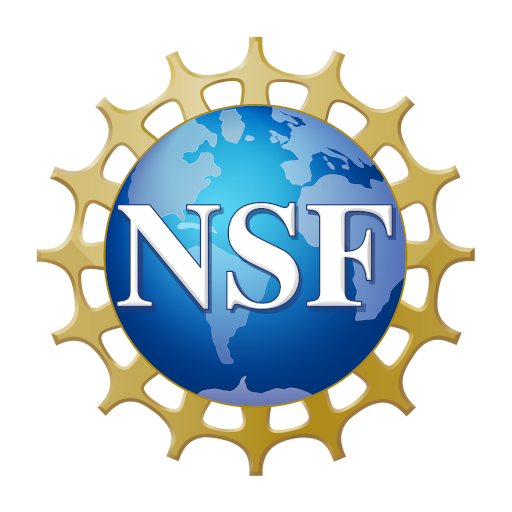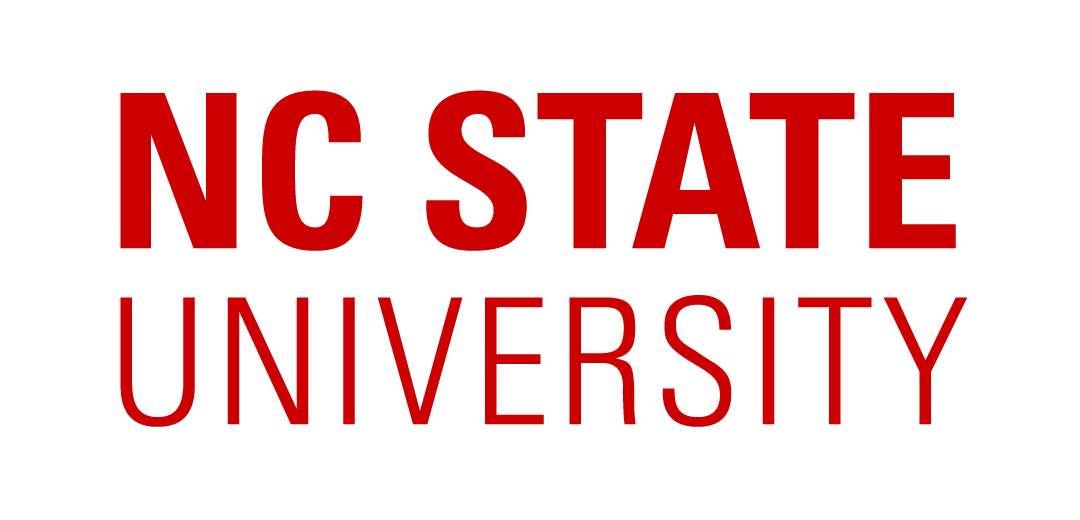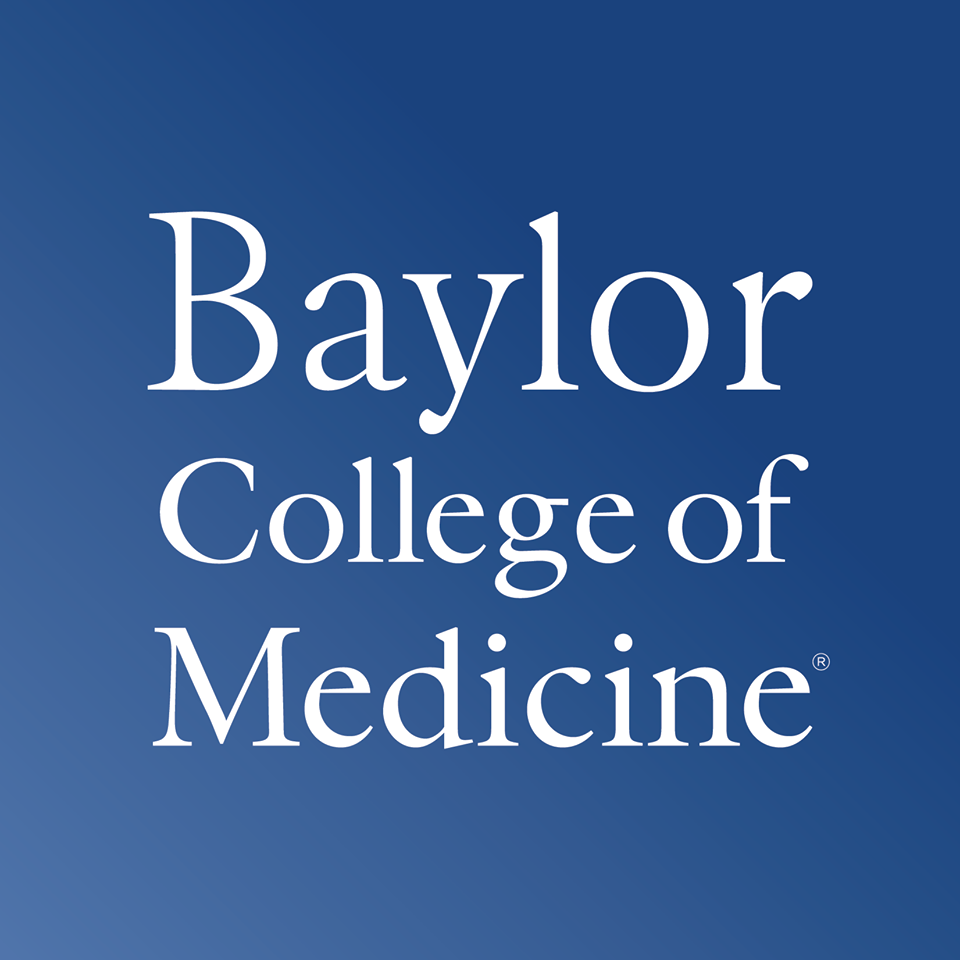Replace time consuming and labor intensive plaque and TCID50 assays with AVIA, an AI-based automated viral infectivity assay.
AVIA uses an AI/ML model trained on brightfield microscopy images of lab-specific virus/cell-line combinations to quantify infection levels in images of cells.
AI models do not rely on detecting cell death or other cytopathic effects (CPEs) that can be observed manually. Rather, they detect phenotypic changes associated with viral replication in primary infections instead of waiting for multiple rounds of infection and cell death as is typically done in traditional infectivity assays. Elimination of the incubation time necessary for multiple rounds of infection is what allows AVIA to turnaround infectivity assays faster than any other assay. The use of brightfield and automated imaging instruments lets this assay integrate easily into existing workflows used by the drug discovery industry.
Applications
Test infectivity of large sets of viral vectors for gene therapy, oncolytic viral therapies, virally vectored vaccines.
Test inactivation of stock virus with a variety of antiviral compounds, inactivating antibodies, biocides.
Test infectivity of stock viruses before and after purification steps as required for biological therapeutics using viral clearance assays.
How it works
Initially, the team at ViQi will work with you to train and test our AI based system on your assay needs. This involves an initial assessment to determine if an AI can be trained to detect viral infection with the cells and viruses used in your lab. This can typically be done on a single 96-well plate. After this feasibility study to determine trainability of your lab-specific AI, we will work with you to optimize the assay for reproducibility for routine use. This is typically done with an additional one to three 96-well plates. All of these steps use ViQi's automation tools in the cloud, so developing and ultimately using the assay does not involve interacting with our analysis software. Images are uploaded to our servers, and we automatically generate and send back reports for AI training, reproducibility, viral sample titers and inactivation.
To learn more about AVIA or to better understand the technical details, read our AVIA Paper and AVIA Poster, listen to Dr. Goldberg’s presentation about AVIA during the COVID Information Commons Webinar, or read more about the technical process of AVIA’s assay development.
Viruses already running through ViQi’s AVIA
ViQi’s team of experts along with our collaborators have successfully trained machine learning models on multiple viruses including DNA, RNA, enveloped, and non-enveloped viruses. This also includes viruses that do not reliably result in quantifiable cytopathic effects (CPEs: dead or fused cells), like HIV and Adenovirus. AVIA can use data from a wide range of automated imaging devices, including Agilent/Biotek Cytation, Keyence, Nexcelom Celigo, Molecular Devices ImageXpress Nano, and Synentec NYONE and CELLAVISTA.
| Virus | Cell Line | Time AVIA detects infectivity |
|---|---|---|
| Adenovirus | HeLA | 24h |
| Dengue | Vero | 16h |
| Herpes simplex virus (HSV) | BHK | 16h |
| Human Coronavirus 229E | MRC-5 & Huh7 | 4h |
| Human Immunodeficiency Virus (HIV) | TZM-bl | 24h |
| Influenza A Virus | MDCK | 16h |
| Modified Vaccinia Ankara Virus (MVA) | CR.pIX | 4h |
| Mouse Hepatitis Virus (MHV) | L2 Cells | 16h |
| MVM | Vero Cells | 48h |
| Poliovirus | HeLa | 21h |
| Porcine Reproductive and Respiratory Syndrome (PRRS) | MA104 | 10h |
| Rhinovirus | Vero Cells | 16h |
| Vaccinia | BHK-21 | 24h |
| Venezuelan Equine Encephalitis Virus (VEEV) | Vero | 12h |
| Zika | C6/36 | 35h |
| Theiler's encephalomyelitis virus (TMEV) | BHK | 12h |
Some of our partners
We work closely with academics, industry, and hardware manufacturers to make the experience of developing robust assays seamless and reliable. We believe in our work, which was further substantiated with a Phase I and Phase II Grant from the National Science Foundation (NSF).
Why choose AVIA
Fast & Affordable. AVIA can detect subtle cell morphological differences associated with virus infection prior to any manually visible cytopathic effects like swelling, fusion, or cell death. In addition, due to the quantitative assay readout for each well, fewer dilutions are required per sample than TCID50, freeing up valuable plate real estate, increasing sample throughput, and reducing cost per sample.
Objective. AVIA detects trends across a vast range of images simultaneously and is specialized to ignore the large amounts of irrelevant image information in complex brightfield images. The increased automation, reduction of sample preparation steps, and fully automated analysis ensures that results are consistent from day to day and from researcher to researcher.
Automated & Scalable. The use of brightfield microscopy eliminates the need for cell fixation and staining, which allows easier automated as well as makes it faster, safer, more reproducible, and more cost effective. Furthermore, AVIA does not rely on plaque formation and is therefore not limited to plaque forming viruses.
Ready to get started with ViQi?
We would love to learn more about your virus(es) of focus, experimental protocols, and/or device needs. Every one of our customers using AVIA has unique imaging problems and challenges, and we enjoy understanding your specific process to be part of the solution.
Select Publications
A rapid, high-throughput, viral infectivity assay using automated brightfield microscopy with machine learning. Rupert Dodkins (1), John Richard Delaney (1), Tess Overton (2), Frank Scholle (2), Alba Frias (2), Elisa Crisci (2), Nafisa Huq (3), Ingo Jordan (4), Jason T. Kimata (5), Teresa Findley (1), and Ilya Goldberg (1). (1) ViQi Inc., (2) North Carolina State University, (3) Melbec Microbiology, (4) ProBioGen AG, (5) Baylor College of Medicine. 2023.
High Throughput Viral Infectivity Assays for Vaccine and Antiviral Drug Development Using Automated Brightfield Microscopy and Analysis by Machine Learning. Rupert Dodkins (1), John Richard Delaney (1), Tess Overton (2), Frank Scholle (2), Alba Frias (2), Elisa Crisci (2), Nafisa Huq (3), Ingo Jordan (4), Jason T. Kimata (5), and Ilya Goldberg (1). (1) ViQi Inc., (2) North Carolina State University, (3) Melbec Microbiology, (4) ProBioGen AG, (5) Baylor College of Medicine. 2022.
A Rapid, High Throughput, Viral Infectivity Assay using Automated Brightfield Microscopy with Machine Learning. Rupert Dodkins (1), John Richard Delaney (1), Tess Overton (2), Frank Scholle (2), Alba Frias (2), Elisa Crisci (2), Nafisa Huq (3), Ingo Jordan (4), Jason T. Kimata (5), and Ilya Goldberg (1). (1) ViQi Inc., (2) North Carolina State University, (3) Melbec Microbiology, (4) ProBioGen AG, (5) Baylor College of Medicine. 2022
AutoHCS: Automated AI-based scoring of dose-response high-content screens. Ilya Goldberg (1), Teresa Findley (1), & Rupert Dodkins (1). (1) ViQi Inc. 2023















